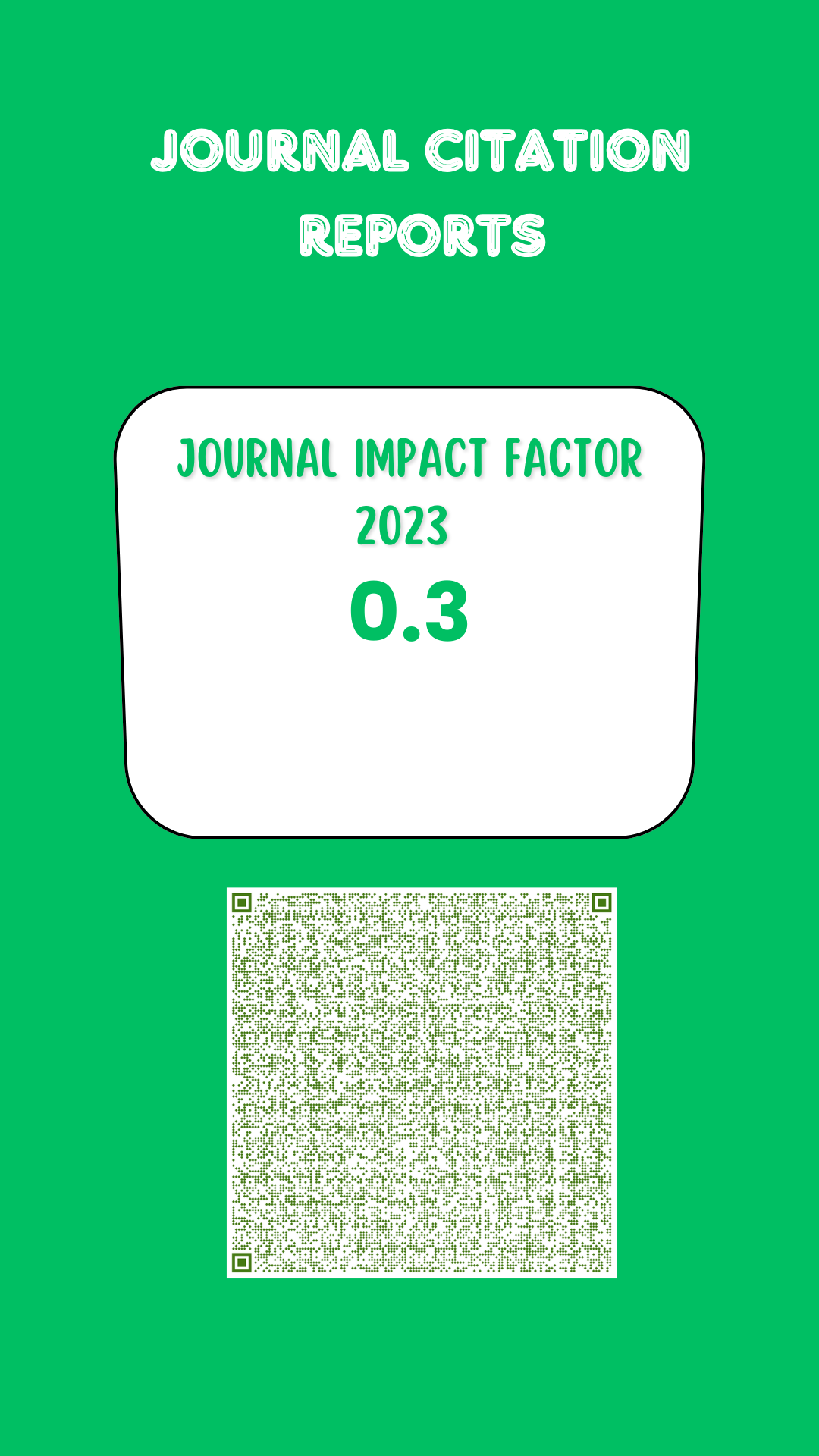Soil adjusted vegetation index to estimate management effect at North Coahuila
DOI:
https://doi.org/10.19136/era.a9n3.3368Keywords:
Landsat 8, scrub, grass, SAVI, remote sensingAbstract
Resources management and conservation evidences on vegetation coverage of six terrains with different management intensity in Flora and Fauna Natural Protected Areas (FFPA) Ocampo, Coahuila, were estimated using values of the Soil Adjusted Vegetation Index (SAVI), which represented the study variable. SAVI index values and it’s average were calculated from five annual Landsat 8 images between 2016 to 2020, n = 348,832 data were obtained which didn’t show normality (Chi-cuadrado de Pearson, P > 0.01). The Kruskal Wallis H test showed no significant differences (P > 0.01) between the values of the SAVI Index of the properties, it was observed that the particular land associated with management activities for rehabilitation and conservation, Los Pilares, had the highest values indicating greater vegetation cover, followed by the ejidos with livestock management Jaboncillos 1a and Jaboncillos 2a, El Mazón and the rest with livestock management, El Mensajero and Santa Rosa registered lower values indicating lower vegetation cover. The values of the SAVI Index showed that private properties with management for rehabilitation and conservation and ejidales with extensive livestock management had the highest values, while properties associated with livestock activities showed lower values indicating a lower vegetation cover. There were significant differences (H, P < 0.01) in the study period, from 2016 and 2017 the values were statistically similar, for 2018, 2019 and 2020 different, it was 2019 where the highest value of SAVI was recorded.
Downloads
Downloads
Published
Issue
Section
License
Copyright (c) 2022 Ecosistemas y Recursos Agropecuarios

This work is licensed under a Creative Commons Attribution-NonCommercial-ShareAlike 4.0 International License.
Aviso de copyright
Los autores que se envían a esta revista aceptan los siguientes términos:
una. Los autores conservan los derechos de autor y garantizan a la revista el derecho a ser la primera publicación del trabajo con una licencia de atribución de Creative Commons que permite a otros compartir el trabajo con un reconocimiento de la autoría del trabajo y la publicación inicial en esta revista.
B. Los autores pueden establecer acuerdos complementarios separados para la distribución no exclusiva de la versión del trabajo publicado en la revista (por ejemplo, en un repositorio institucional o publicarlo en un libro), con un reconocimiento de su publicación inicial en esta revista.
C. Se permite y se anima a los autores a difundir su trabajo electrónicamente (por ejemplo, en repositorios institucionales o en su propio sitio web) antes y durante el proceso de envío, ya que puede conducir a intercambios productivos, así como a una cita más temprana y más extensa del trabajo publicado. (Consulte El efecto del acceso abierto).



